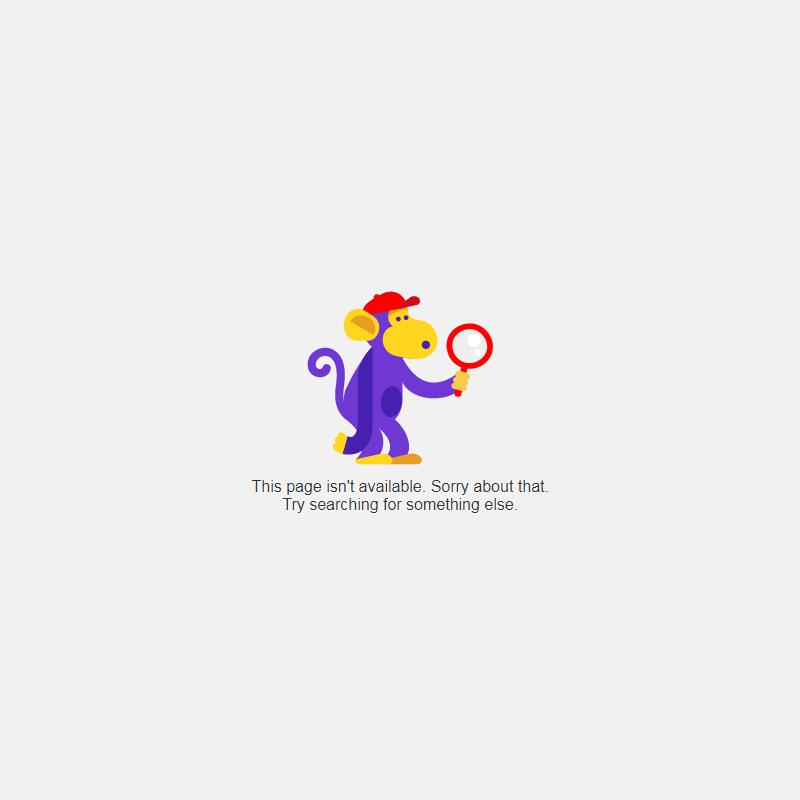
For the sake of bravery or stupidity or money, or anything in between, people can do almost any imaginable things.
Whether it's for fun or just a game, the internet has no shortage of such videos. And as the largest video-streaming and sharing platform on the web, YouTube sees itself as responsible of policing how and what users should and shouldn't do.
And what users shouldn't do here, include posting videos of them doing dangerous pranks, challenges and stunts that may harm themselves or others.
The company wants to prevent creators from engaging in these activities and from encouraging viewers to participate.
Its updated Community Guidelines address the issue as follows:
According to YouTube's Dangerous Challenges and Pranks Enforcement FAQ, the company explained that it's fine with users sharing clips like Jimmy Kimmel’s Terrible Christmas Presents prank or the water bottle flip challenge.
However, videos of home invasion pranks, fake death of a parent or severe abandonment or shaming for mistakes, or dangerous challenges like the Bird Box Challenge are prohibited on YouTube.
"We’ve updated our external guidelines to make it clear that challenges like the Tide pod challenge or the Fire challenge, that can cause death and/or have caused death in some instances, have no place on YouTube," said a Google employee on a YouTube Help page.
"We’ve made it clear that our policies prohibiting harmful and dangerous content also extend to pranks with a perceived danger of serious physical injury. We don’t allow pranks that make victims believe they’re in serious physical danger – for example, a home invasion prank or a drive-by shooting prank. We also don’t allow pranks that cause children to experience severe emotional distress, meaning something so bad that it could leave the child traumatized for life."
"We need to make sure what’s funny doesn’t cross the line into also being harmful or dangerous."
As the giant of the web, YouTube sees itself responsible for people (especially its users) well-beings.
While the company shouldn't have to explain this clearly, but people can do anything for anything. After all, it's the internet, and people just want to be seen.
Besides prohibiting dangerous pranks and things that may hurt or traumatize others, YouTube through its community feedback, have identified others areas where it can strengthen enforcement and/or clarify its policies to better protect the YouTube community from people who abuse the platform:
- Custom thumbnails: All custom thumbnail images should follow YouTube's Community Guidelines. Selecting a thumbnail that egregiously violate policies (e.g., containing pornography or graphic violence) will result in a Community Guidelines strike, even if the video in question doesn't violate YouTube's policies.
Video creators with multiple strikes will have their lose their channel’s custom thumbnail privileges, and three strikes in 90 days will result in account termination.
- External links: All external sites video creators link to from YouTube must follow its Community Guidelines. Adding links to external sites that egregiously violate our policies (eg., pornography, malware, or spam) will also result in a Community Guidelines strike.
Receiving three strikes in 90 days will result in account termination.
However, violating video creators' channels won't receive a strike during the "grace period". Content posted prior to these enforcement updates may also be removed, but won't also receive any strike.
And since YouTube uses algorithms to filter contents, it may not be a 100 percent foolproof. This is why YouTube allows users to appeal the strike if they think their video content doesn’t violate its Community Guidelines.